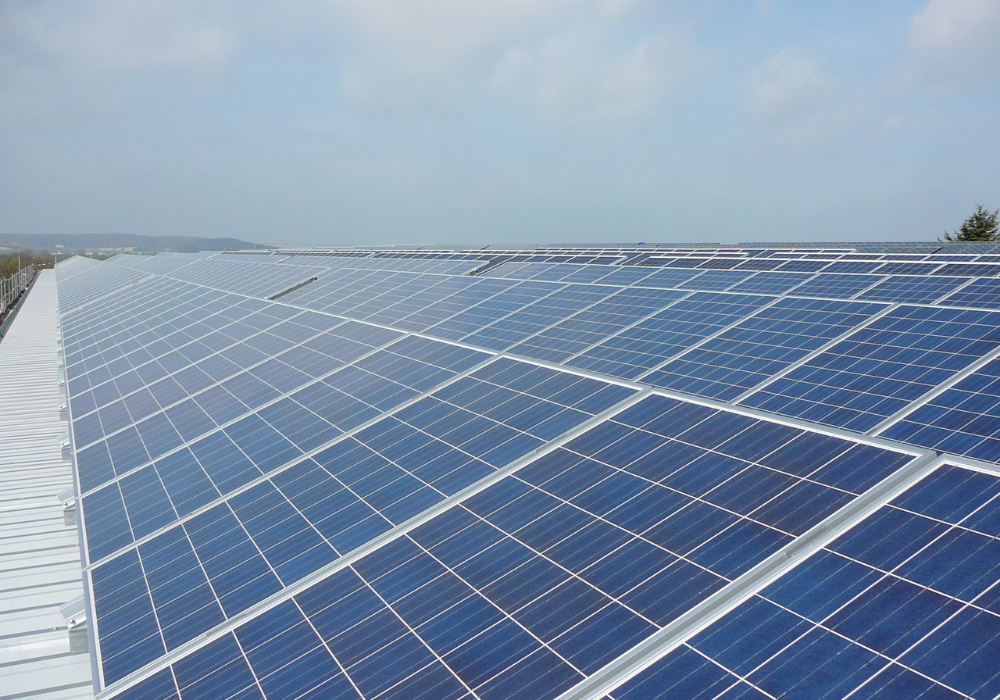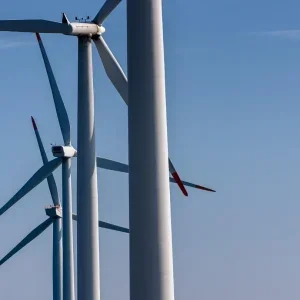
The US energy storage market experienced its strongest second quarter on record for deployments in 2020.
That according to a report by energy researcher Wood Mackenzie and the US Energy Storage Association (ESA), which shows the sector recorded 168 megawatts (MW) of deployments throughout Q2 of this year.
That marks an increase of 72% quarter-over-quarter, 117% year-over-year and is the second-highest quarterly total ever experienced, just behind the 186.4MW from Q4 2019.
ESA CEO Kelly Speakes-Backman said she is “encouraged by the growth” the energy storage market recorded throughout Q2.
“Despite any setbacks from the coronavirus pandemic, the market for energy storage is poised to see significant growth in 2020,” she added.
“Looking out to future growth, we are confident that our expanded vision of 100 gigawatts (GW) of new energy storage by 2030 is entirely reasonable and attainable, pushing us closer to reaching a more resilient, efficient, sustainable and affordable electric grid.”
The market has ‘proven remarkably resilient’ to the impacts from the lockdowns
The report shows that one large front-of-meter (FTM) project coming partially online in California, accounting for more than two-thirds of the total FTM MW deployed, helped reach the high levels of quarterly activity.
The large-scale system “puts California back on the map” after a quiet 2019 and, according to the analysis, the state is “expected to remain there over the next six quarters”.
The US FTM market grew more than fourfold compared to Q1, while deployments notched their fifth-best quarterly total at 89.8MW – marking the largest Q2 on record.

Another record quarter for residential storage deployments, which increased 28% year-on-year, illustrates that California and Hawaii “successfully kept installations progressing” through the lockdowns imposed due to the coronavirus.
Dan Finn-Foley, Wood Mackenzie’s head of energy storage, said the market has “proven remarkably resilient” to the impacts from the lockdowns.
“The commercial and industrial (C&I) space was the only segment that showed a slowdown,” he added.
“This was primarily because of a decline in the C&I California market due to permitting and other delays.
“We expect the rest of the year to come in strong as growing interest in residential storage, emerging new markets for C&I and massive FTM systems are set to break quarterly records.”
US energy storage market to ‘grow significantly’ over the next six years
Elsewhere, the non-residential market demonstrated “more volatility” than the residential market in the Q2 of 2020, according to the report.
At 29.5MW, the segment notched its second quarterly decline in deployments, after falling by 7% quarter-on-quarter as the market “absorbed the shocks from coronavirus lockdowns more acutely than the residential segment”.
But, despite the segment’s setback, it still achieved its fifth-highest level of quarterly deployments following a surge in installations in Massachusetts.
With Q2 deployments setting a record this year, Wood Mackenzie and ESA forecast the US energy storage market to “grow significantly” over the next six years.
They expect the US market will grow by more than sevenfold by 2025 compared to the annual market in 2020.
In that timeframe, megawatt-hour (MWh) growth is expected to “accelerate faster” than MW growth as average discharge durations increase over time due to a “focus on services such as capacity increase”.
The FTM segment will continue to make up the bulk of the market through 2025, driven by “massive investment” from vertically integrated utilities in regulated markets and developers taking advantage of wholesale market opportunities and incentives in key markets.
The residential segment will continue its upward trend, eclipsing its 2020 numbers sixfold in 2025.
Meanwhile, the non-residential segment will see an annual market in 2025 that is eight times bigger than the 2020 market.
The report notes that a significant amount of non-residential upside is “tied to community solar-plus-storage”.
It added that the majority of this is concentrated in Massachusetts and New York and driven by those states’ “strong incentive programs and access to wholesale markets”.






